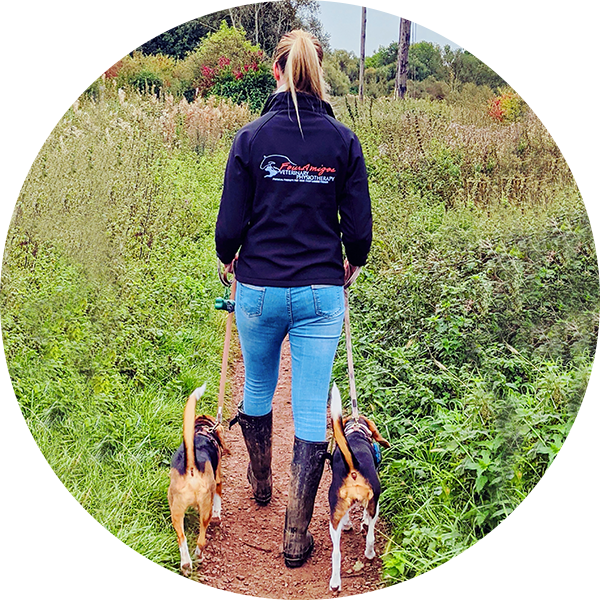So the walk is a 4 beat gait with no suspension phase. That means your horse and dog have to use concentric (shortening) and eccentric (lengthening) muscle contractions for every stride to produce movement, and isometric (contractions without a change in muscle length such as core muscles). Whereas in trot and canter where there is a suspension phase they can gain momentum through tendon and muscle “spring”.
Dogs often choose to trot when they have a mild musculoskeletal dysfunction, as the momentum produced helps them to actually load a painful limb for a lesser length of time and enables them to prevent flexing a painful joint through diverting energy to another area. Therefore slow lead walking your dog is so beneficial to encourage equal loading of each limb, and develop muscle mass and improve joint range of motion.
Horses don’t tend to not walk if they have a musculoskeletal dysfunction but shown signs through “spooking” or “bucking” etc instead. However, walk is so important during their warm up to encourage stretching of the long back musculature and improve range of motion of the limbs and cervical spine through mild lateral bending.
Therefore ensure to add enough walking to your exercise! At least 10 minutes walking for your horse and dog as a warm up will really benefit them…and you! And never under-estimate the power of walking!
Dog movement video
Horse movement video

